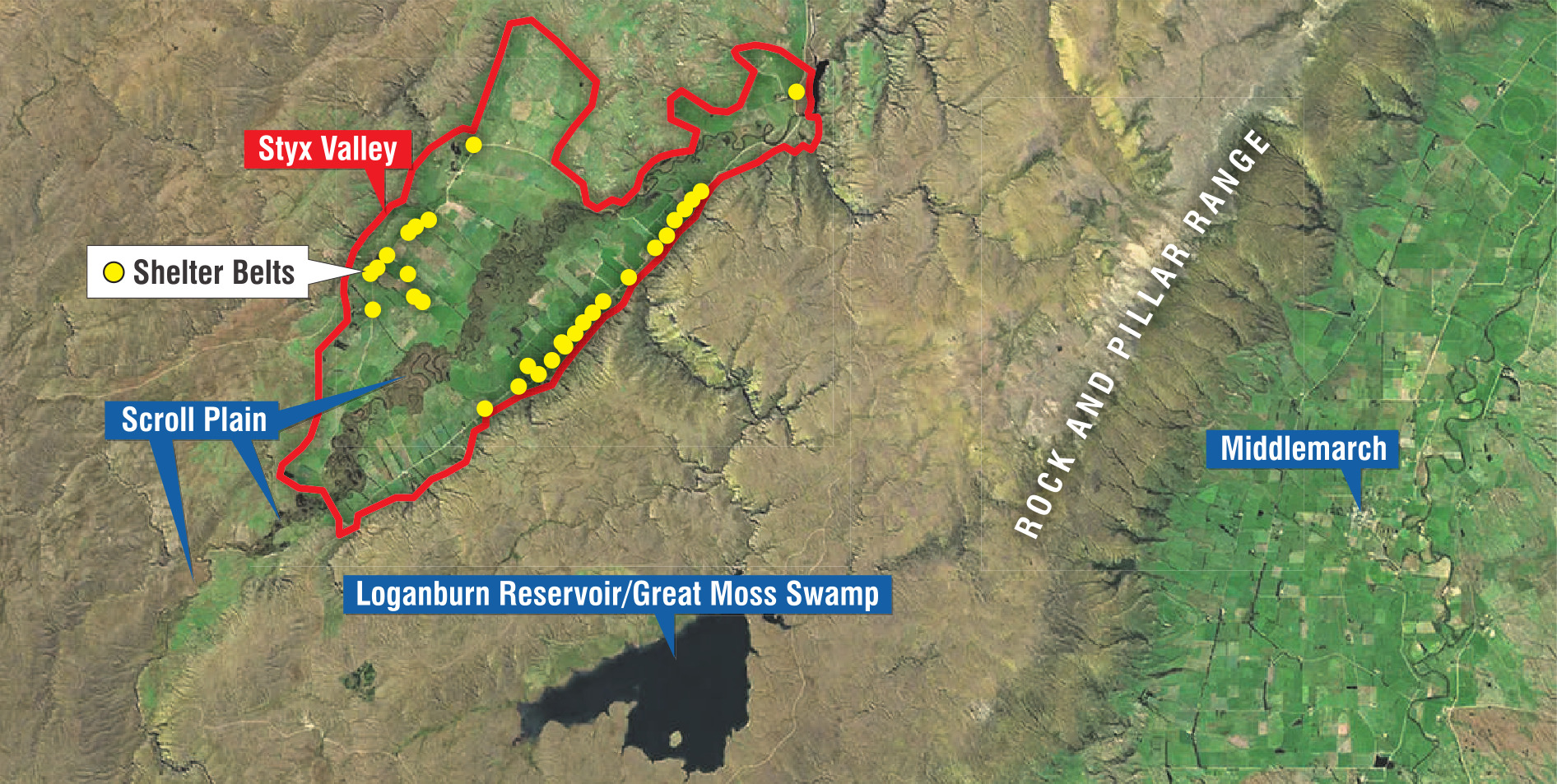
The Central Otago Wilding Conifer Control Group has been granted $150,000 from the Otago Regional Council’s Eco fund to control pine trees.
Of the original 69 applicants this year seeking a total $2.87 million, the council shortlisted 28 groups who will receive a total $1,059,178 from the $1,059,500 million available in the fund.
The control group is using their money as part of a plan to stop pine trees establishing themselves on the Rock and Piller Range, a programme they have been working on for the past couple of years.
Group project manager Pete Oswald said the work was connected to protecting the Upper Taieri scroll plain, a unique eco-system in the Styx Valley.
They had been working with the Upper Taieri Wai to restore the scroll plain, which was also granted $149,900 from the Eco fund.
"Basically, there’s like 50-plus massive Pinus Contorta shelterbelts there and they’ve been seeding up on to the Rock and Pillar Range and seriously threatening all of the unique ecosystems up there," Mr Oswald said.

"We did some volunteer days to get some of the landowners on site. We removed two shelterbelts, which was actually at great expense, and that was only made possible if we replaced the shelter amenity with an alternative."
The group, landowners and the Tiaki Maniototo group, the new belts are being planted out with native plants.
Two landowners took out four shelterbelts or sections of shelterbelts and they were replanted with natives, Mr Oswald said.
"What we found was they [landowners] could remove the shelterbelts themselves. We get the same result but better because we get to replace shelterbelts with native species which adds to biodiversity in the area, and it costs us half as much.
"Now we have the concept and now there’s funding we can use to carry on that same kind of scheme going forward next year. But it’s going to take probably like 20 years to do the whole lot."

"We’re getting an efficient, really holistic result achieved efficiently working closely with landowners and community groups."
He said the emphasis was to stop the seeding of the trees over time and help save the Rock and Pillars.
"If we don’t, if we let it infest, we’ll never get it back and you’ll have dense canopy cover over the whole Rock and Pillars and you’ll lose every native species up there."
"You’ve got to find a solution that works for the long term right and — within resources available — that’s where the challenge is."
He said a couple of landowners had planted natives about eight years ago that were successful.
"There were some issues, but there was quite a lot of learning and we’re really lucky that we have landowners there that share that holistic, long-term view.

"So, we’ve got spread coming from plantations like Douglas Fir. And within the next probably 10 years, you’ll have Douglas Fir coming all the way from the Teviot Forest all the way to the Loganburn Rock and Pillar. That’s already spreading all the way to Lake Onslow."
"And the thing is, once the horse bolts, it won’t look that bad for a while. But there’ll be not enough resources to do anything about it.
"So you have to watch a slow degradation of the landscape. It’s hard to convince people to act."
"They can seed thousands of trees from one tree. If you miss it, if you miss getting them before they’re coning and you get the second generation spread, your cost to get it back under control takes a huge leap.
"So, if we were allowed the second-generation spread on to the Rock and Pillars and let that get big enough, that may be the point of no return."












